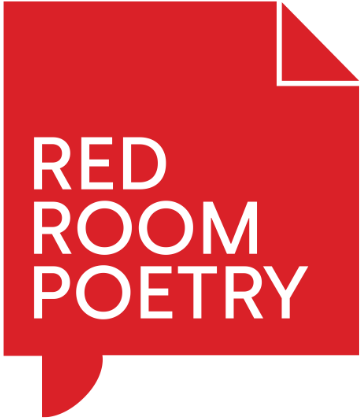"I like to just hang around the plant and see what happens"
Nandi Chinna reflects on her poetic commission for New Shoots: WA in 2019
It has been a privilege to research and write about mallee trees in the lands of the Nyoongar people of Western Australia. Writing about our Western Australian mallee, singular and plural, has been both joyful and distressing, but mainly joyful. From getting to know individual species, to looking at the Mallee region, New Shoots WA has been a participatory immersion into some of WA’s most captivating and extraordinary plants.
The brief from Red Room Poetry was to write about mallee species that are present in Kings Park and Botanic Garden. Kings Park prides itself on growing representative species from all across Western Australia, which makes getting to know the mallee’s – whose range is far distant from Perth – a whole lot easier.
I’m one of those people who usually needs to have an embodied encounter with the subjects that I write about. I like to get to know a plant by smell, touch, taste, sight and sound. I like to just hang around the plant and see what happens. To observe what the plant is doing in the world. To learn how other beings interact with it: what birds and insects are doing in and around plant, and how other humans respond to it. How does the plant move and take up its position in the world?
On this project, I have been so lucky to work with Luke Sweedman, curator of the Western Australian Seed Technology Centre at Kings Park and also a poet, and Daniel Hansen a Ballardong Nyoongar poet. One of the first things I did was to go and visit Luke at Kings Park. Luke has been working as a seed collector for many years and has extensive knowledge about the mallee species of WA. Luke and I went for a wander around the park and he showed me some of the mallee trees and told me some of the back-stories from being out in the field. That’s when I first heard about the Meelup Mallee, a 6,000-year-old tree down on the south coast. Chasing the Meelup mallee became part of this project and I spent a fair bit of time traipsing about in the rain looking for it.
I also made several trips back to Kings Park to wander through the mallee garden, and generally loiter around particular plants to try to absorb some of their tender atmosphere and strange beauty. I grabbed a couple of books and looked up some scientific data. I became fascinated with the idea of the lignotuber, the woody tissue and buds that grow as swollen root balls (mallee roots) underground, and which hold many future mallee trees that will sprout after fire or if the tree has been cut down. Lignotubers give mallee trees a kind of immortality, that is unless the lignotubers are dug up or torn from the ground, which did occur during the massive land clearing events of the 1940s and 1950s as part of the post-war Soldier Settler Scheme.
I watched a film called A Million Acres a Year, which documents the vast clearing of the Southeast corner of Western Australia. Described as a mass extinction event in which 3 billion years of ecosystem evolution was destroyed in a matter of 50 years by bulldozers, chains and burning. This is the distressing part of the project. I also found that Eucalyptus caesia (silver princess), a common garden tree in Perth, is now rare and endangered in its natural range. I hope that with poets paying attention to mallee trees, teaching kids to engage with the wonder and uniqueness of our mallee, that these miraculous species will have a more hopeful future.
Many thanks to the Red Room Poetry for creating the opportunity for New Shoots WA – mallee. As Poet Jane Hirschfield writes: "The magnetic action of poetry is different: it draws from us what we did not know was there to be drawn…the known brings nothing new, leaves nothing altered…poetry allowed its full root-run unbinds us, and itself, from all knowable ends". For the poet spending time with plants, allowing what is unknown to bubble up, offers fresh perspectives and enables deeper engagement and connection.

